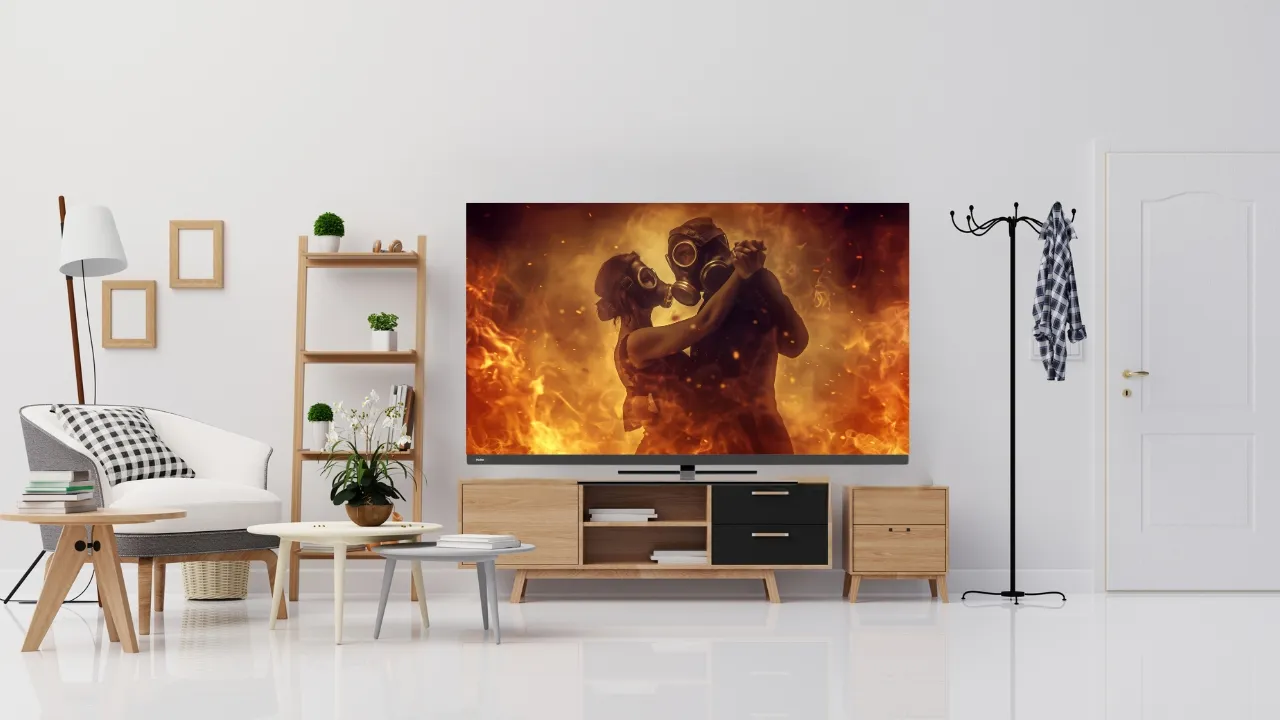The Indian market is flooded with televisions that come with different features and advantages. Two of the most sought-after display technologies are OLED (Organic Light Emitting Diode) and QLED (Quantum Dot Light Emitting Diode). Both produce excellent picture quality but have some unique features which make one better than the other in certain aspects. This article will provide a thorough analysis of what factors should be considered when deciding between an OLED or a QLED TV so that you can make your choice wisely and enjoy watching more!
Difference between OLED and QLED TVs
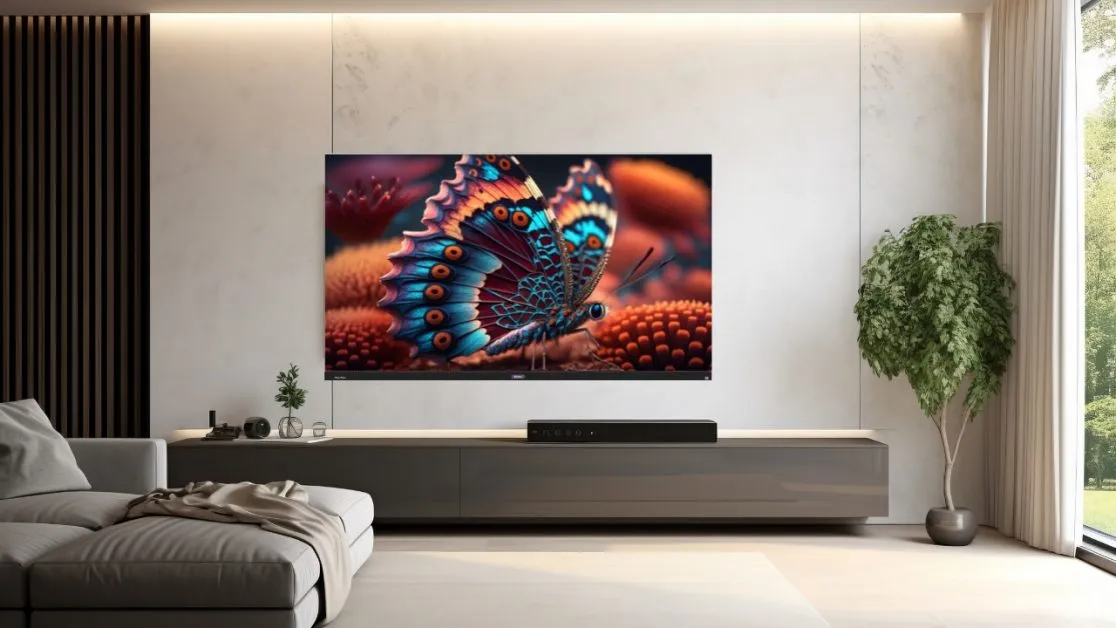
Before we dive into details about how to choose between these two types of displays, let’s understand what sets them apart from each other. OLED TVs use self-emitting pixels that create light individually thus giving perfect black levels as well as infinite contrast ratios. On the flip side, QLED TVs work by illuminating quantum dots through a backlight system which makes colors brighter and more lively.
Let’s look at the table below to get better idea about the difference between OLED and QLED TVs :
| Feature | OLED | QLED |
| Display technology | Self-emissive pixels | LCD with quantum dot layer |
| Light source | No backlight needed, each pixel emits its own light | Requires LED backlight |
| Color reproduction | Very accurate colors | Accurate but not as good as OLED |
| Brightness | Lower peak brightness, around 500-600 nits | Very bright, can reach 1000-2000 nits |
| Contrast ratio | Essentially infinite due to perfect blacks | High contrast ratio but not as good as OLED |
| Viewing angles | Excellent viewing angles with no color shifting | Colors start to shift at wider angles |
| Lifespan | Organic materials degrade over time | Long lifespan, similar to normal LED TVs |
| Price | More expensive for same size TV | Lower cost than equivalent OLED |
Key Things to Consider When Choosing Between OLEDs And QLED
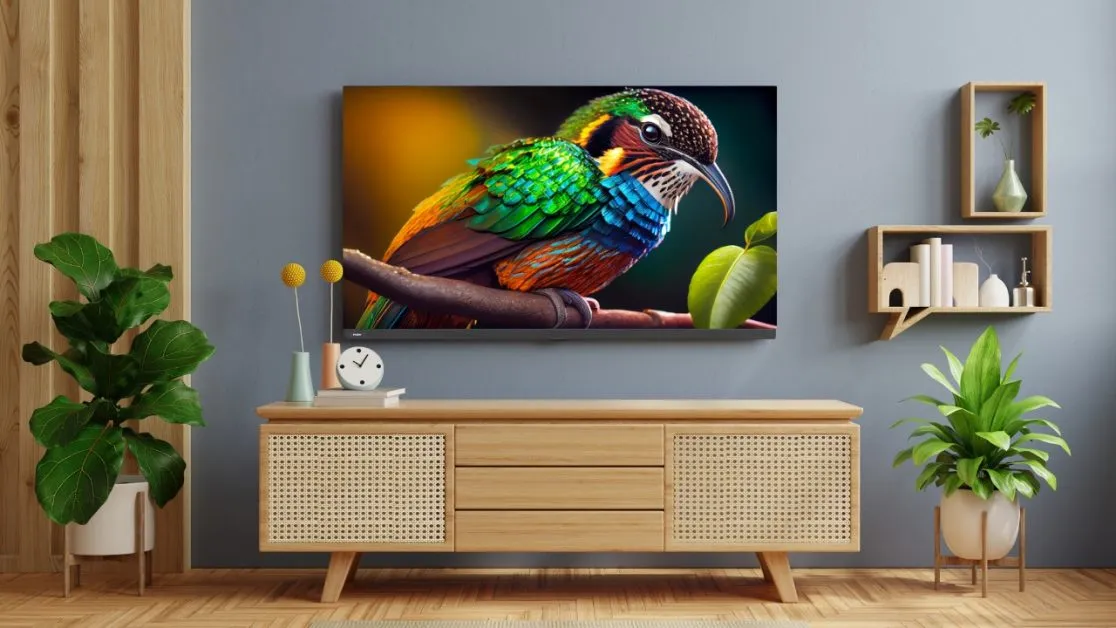
Black Levels And Contrast Ratio: Picture Quality
One important factor of picture quality is deep blacks together with high contrast ratios. In this regard OLEDs are unbeatable since every single pixel can be turned off completely leading to absolute blacks plus infinite contrast ratio. Therefore if you love watching movies at night or live in a dark room environment where there’s no light pollution, then nothing beats an OLED screen.
On the other hand, local dimming zones can darken areas of LED backlit LCD panels allowing them to achieve closer approximations of true black however they still fall short; but when compared against edge lit models it’s like day versus night difference – literally! Nevertheless even top-end QLEDs may not match up because their backlight systems tend to cause some light bleed resulting in raised blacks.
Color Accuracy And Brightness
Both QLED and OLED TVs perform exceptionally well in terms of color reproduction, with each having its own pros and cons. For instance, displays based on organic light emitting diodes have wider color gamuts thereby showing more vibrant but accurate colors than those using quantum dots which are known for their ability to produce brighter hues without losing accuracy even at higher levels of luminance.
However QLEDs can get brighter than any other type of display technology available today so they’re best suited for rooms that receive ample sunlight or have large windows through which natural daylight pours in – although this doesn’t mean you should rule out HDR content played back on OLED screens placed near bright sources seeing as how HDR is designed to take advantage of such extra nits offered by these televisions; also keep in mind that it’s not just about peak brightness but sustained output over time too where organic LEDs may start fading after being subjected continuously to intense illumination.
Viewing angle
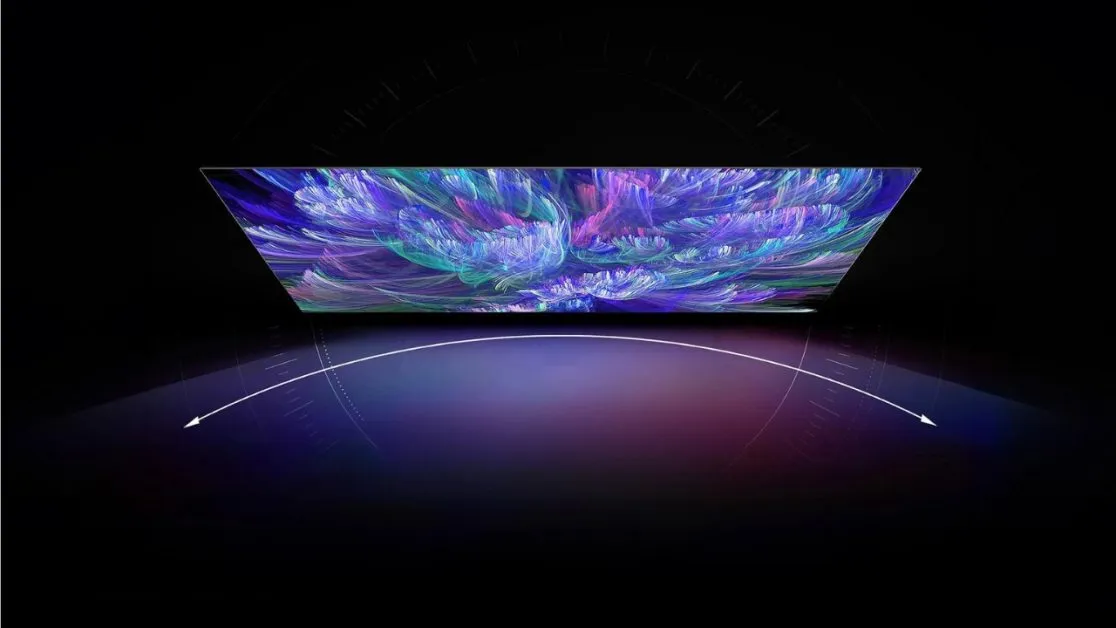
Viewing angles are often overlooked when buying a TV, but they can greatly affect picture quality especially if you have a wide living room or watch from different positions. In general, OLED panels provide the best viewing experience because their self-emitting nature ensures consistent color and contrast even when viewed off-axis. This means that no matter where people sit in relation to an OLED screen, everyone will enjoy the same level of detail and brightness from every corner of the room – ideal for big families or those who like inviting guests over frequently!
On the other hand liquid crystal displays (LCDs) rely on liquid crystals sandwiched between two pieces of glass which act as shutters controlling passage light through polarizers; therefore when viewed at angles greater than 45 degrees either vertically or horizontally these shutters become misaligned resulting in reduced transmission efficiency leading to washed-out blacks raised whites lowered grays etc. To minimize these issues some manufacturers use IPS (In-Plane Switching) technology in their QLED models which improves the off-axis performance.
Refresh Rates and Motion Handling
When buying a television, sports fans and action movie buffs need to think about refresh rates and motion handling. Faster response times are usually found in OLED TVs, which means less motion blur and smoother viewing. Another feature these displays have is variable refresh rate (VRR) support that can get rid of screen tearing while making gaming look more fluid.
QLED TV’s high refresh rates are an improvement over their previous versions when it comes to dealing with fast moving scenes but they still don’t compare well against OLED models whose pixels change colors almost instantly. However top-of-the-line QLED sets can provide good quality images without any noticeable lag time which makes for enjoyable watching too.
Gaming Performance
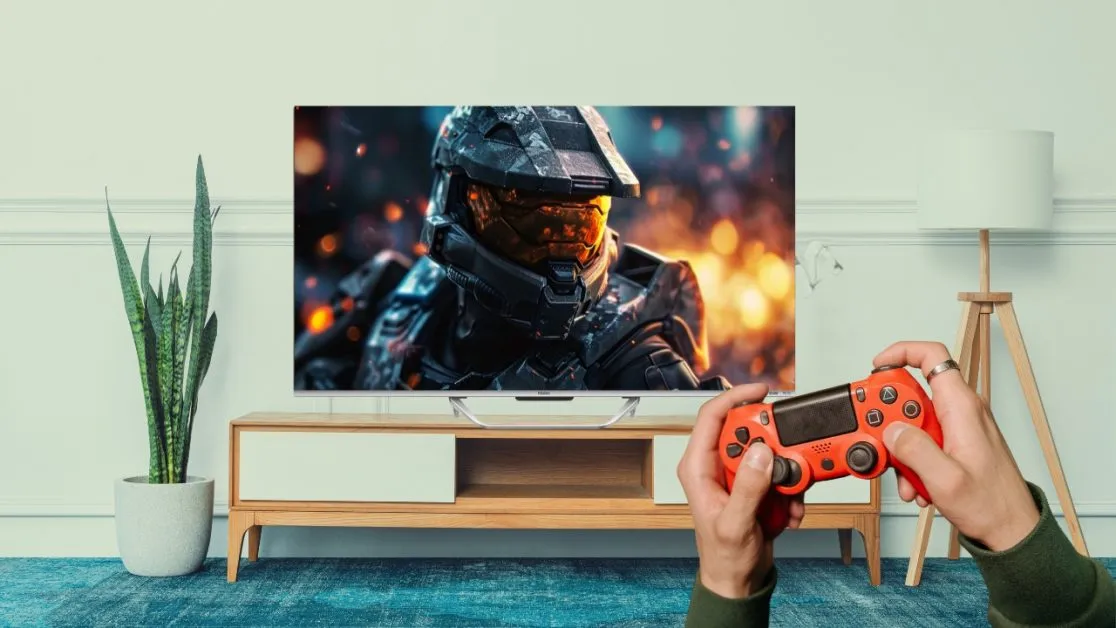
Gamers will enjoy playing on both types of screens; however, OLEDs have slightly faster response times than QLEDs meaning input lag is reduced resulting in a more responsive gaming experience. Additionally, these displays support VRR that eliminates tearing while QLEDs have low input lags plus high refresh rates making them perfect for gaming except fast-paced competitive ones where every millisecond counts therefore players must opt for those models featuring variable refresh rate (VRR) technology coupled with dedicated game modes designed by manufacturers such as Haier India.
The Haier QLED 190cm (75) Google TV – 75S800QT has game mode with following features:
Exclusive Features
- QLED-60Hz – Quantum dot technology provides more vivid colors, better brightness, and improved energy efficiency.
- Dolby Vision – Advanced HDR imaging results in ultra-vibrant colors, deeper contrasts, and incredible brightness for an immersive visual experience.
- Dolby Atmos – Height audio channels create three-dimensional sound that is more realistic, precise, and compatible for an engaging, lifelike audio experience.
- 120Hz DLG – Smoother motion handling and reduced judder for clear, fluid video playback.
- Micro Dimming – Localized backlight adjustment enables enhanced contrast and deep black levels.
- MEMC 60Hz – Motion compensation inserts extra frames, reducing blur and ensuring clearer, smoother visuals.
- Google TV – Curated, personalized content suggestions for a tailored viewing experience.
- Hands Free Voice Control – Smart voice commands provide remote-free TV operation, content access, and smart home device control.
- 2+32 GB Storage – Ample storage enables smooth multitasking, faster performance, and seamless user experience.
- Game Mode – Optimized gaming settings reduce input lag, enhance graphics, improve performance for smoother, more responsive gameplay.
Model and Brand Considerations
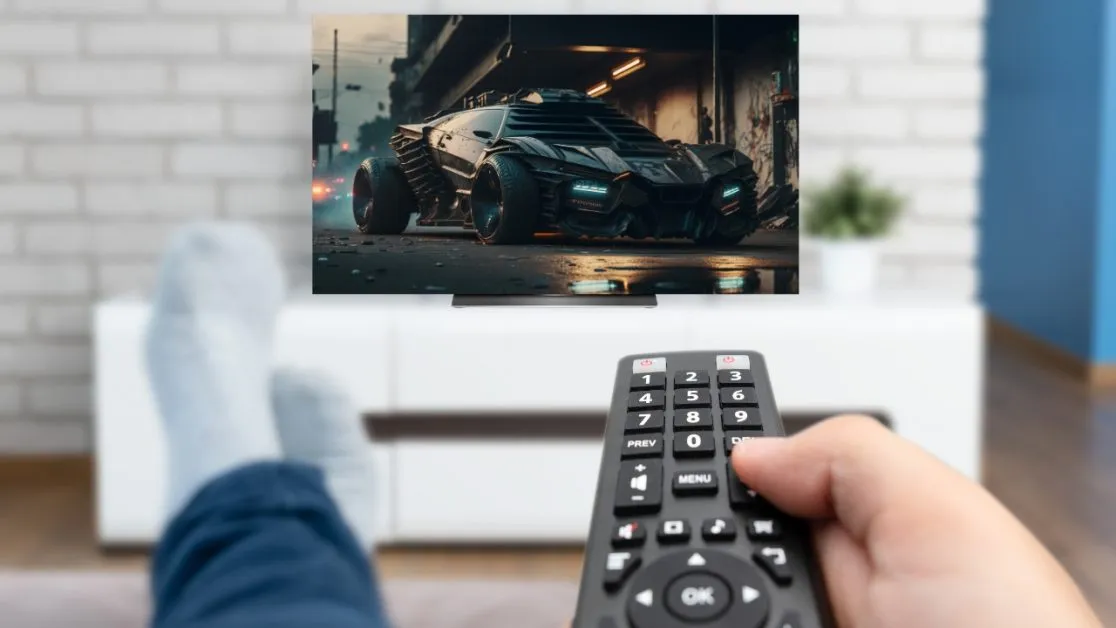
When deciding between an OLED vs a QLED television set it’s important not only look at the type of technology being used but also consider what particular brands offer since each brand has its own unique features, designs and value propositions.
For instance, Haier India is a reputable Indian brand that provides different QLED TV models in terms of quality and cost. They have always been known for their QLED TVs which are very vibrant, bright with good colors as well as other features such as MEMC for smooth motion handling and AI-powered picture optimization.
While browsing through Haier India’s lineup of QLED TVs, take into account the screen size, resolution, HDR support, smart TV features and connectivity options among others. It may be helpful to read reviews from trusted sources or compare specifications so as to make an educated decision based on what you need specifically. Some of the Models by Haier India include:
Haier OLED 165cm (65) Android Smart LED TV With Hands Free Voice Control – 65C10
Exclusive Features:
- The OLED 120Hz display offers vibrant colors, deep blacks, and wide viewing angles for an immersive viewing experience.
- MEMC 120Hz enables smoother motion and reduced blur, enhancing fast-paced content like sports and action scenes.
- Hands-free voice control with smart AI allows you to operate the TV, access content, and control smart home devices without using the remote.
- 2GB RAM + 32GB ROM provides ample storage for apps and files, enables smooth multitasking, and delivers faster performance for a seamless user experience.
- Android TV grants access to a vast library of apps, games, and streaming services for entertainment and productivity right on your TV.
- The ultra slim design features a sleek profile for a modern and space-saving appearance.
- Game mode optimizes settings for smoother gameplay, reduced input lag, enhanced graphics, and improved overall performance to enhance the gaming experience.
- dbx-tv audio enhancement optimizes sound output for a more immersive and enjoyable viewing experience.
- Dolby Vision HDR technology delivers stunningly vibrant colors, deep contrasts and incredible brightness for an immersive and true-to-life visual experience.
- Dolby Atmos redefines audio immersion by introducing height channels, creating a lifelike, three-dimensional soundscape for a truly engaging audio experience.
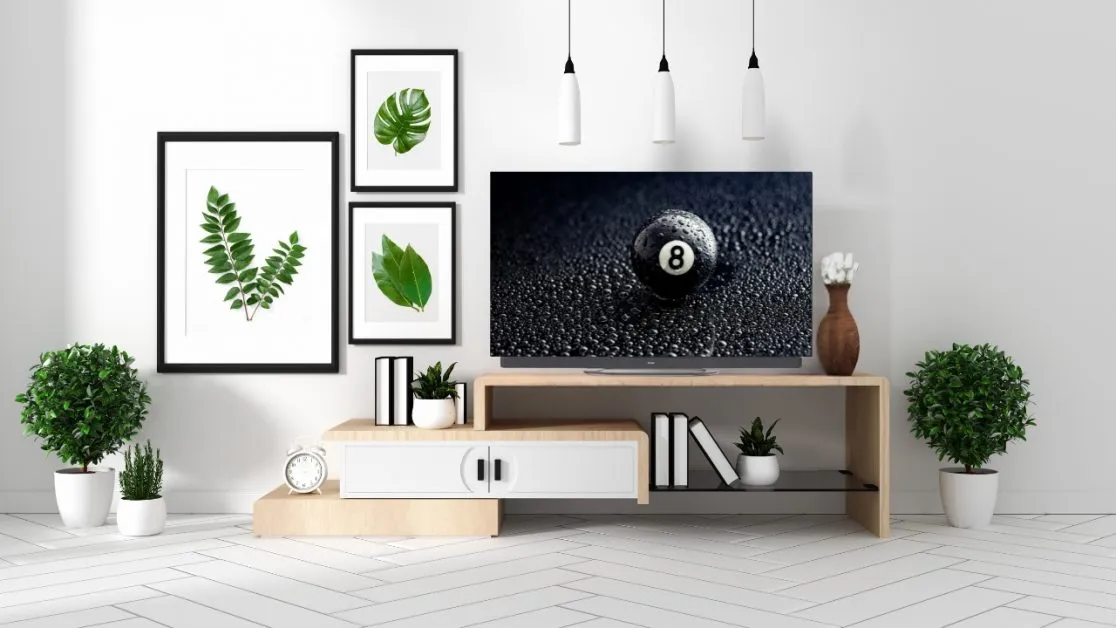
Haier OLED 140cm (55) Google TV-55C11
Exclusive Features
- The OLED panel offers vibrant colors, deep blacks, and wide viewing angles for an immersive viewing experience.
- Dolby Vision IQ adjusts picture settings based on ambient light conditions while Dolby Atmos provides immersive audio with object-based spatial sound placement, delivering a cinematic experience.
- The 50W Harman Kardon speaker system produces rich, balanced sound with clear highs and deep lows.
- MEMC 120Hz motion smoothing provides smoother motion and reduced blur, enhancing fast-paced content like sports and action scenes.
- Hands-free voice control using AI allows operating the TV, accessing content, and controlling smart home devices without using the remote.
- Google TV offers personalized and curated content recommendations for a tailored viewing experience.
- 3GB RAM and 32GB storage enables smooth multitasking and provides ample storage for apps and files.
- Game mode with VRR and ALLM optimizes settings for smoother gameplay, reduced input lag, better graphics, and improved overall gaming performance.
- dbX audio enhancement further optimizes sound output for a more immersive and enjoyable listening experience.
Conclusion
Between OLEDs and QLEDs, it all comes down to your priorities, viewing habits and budget. OLEDs deliver unmatched picture quality with perfect blacks and wide viewing angles which makes them great for movies in dark rooms. On the contrary, if brightness levels matter most to you then go for a QLED because they’re extremely bright with vibrant colours at an affordable entry point especially useful when there’s too much light around or value becomes the top consideration.

